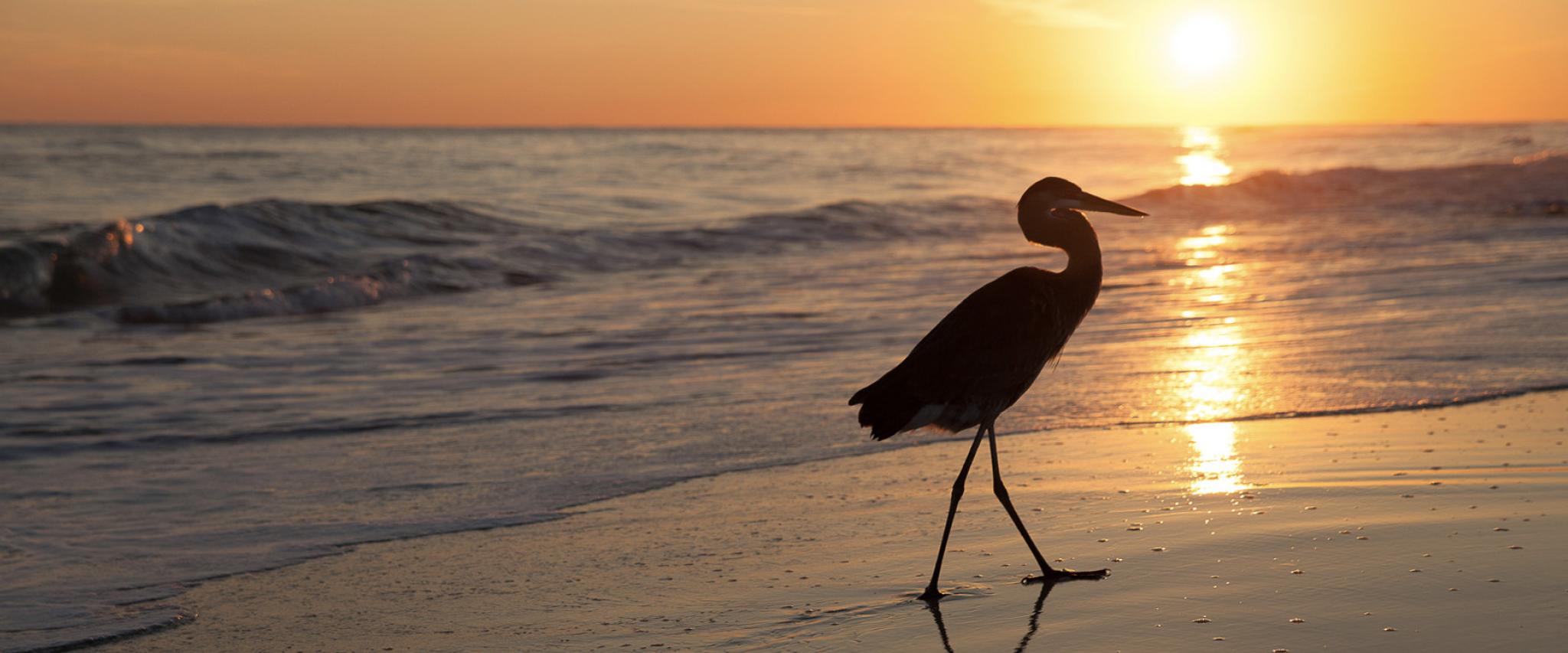Winterwatch: Your Guide To The Best Winter Birdwatching Spots

Table of Contents
Top Locations for Winter Birdwatching in the UK
The UK offers a fantastic array of habitats perfect for winter birdwatching. From bustling coastal estuaries to tranquil inland wetlands and diverse woodland areas, opportunities abound to witness the beauty of wintering birds.
Coastal Areas
The UK coastline is a haven for winter birdwatching. The Norfolk Coast, for example, is a haven for wintering wildfowl, including large flocks of Brent Geese and Pintail. Other coastal areas, like the Farne Islands and RSPB Bempton Cliffs, offer breathtaking views of seabirds.
- Species to Spot: Look out for divers, such as Great Northern Divers and Red-throated Divers; auks, including Razorbills and Guillemots; and various gull species, including the impressive Great Black-backed Gull.
- Coastal Birdwatching Tips: Use binoculars and a spotting scope for optimal viewing, and remember to dress warmly in waterproof clothing. Consider joining a guided boat trip for a closer look at seabirds.
Inland Wetlands & Reservoirs
Inland wetlands and reservoirs provide crucial habitats for many waterfowl during winter. The Leighton Moss Nature Reserve in Lancashire is a prime location for observing numerous duck species during winter. Other excellent locations include the RSPB Minsmere and the WWT Slimbridge Wetland Centre.
- Species to Spot: Expect to see Pochard, Tufted Duck, Wigeon, Shoveler, and various other duck species. Keep an eye out for wading birds like Lapwing and Snipe.
- Wetland Birdwatching Advice: Use camouflage clothing to blend in with the environment and avoid disturbing the birds. Patience is key; birds can be shy, so approach slowly and quietly.
Woodland Habitats
The UK's woodlands offer a different perspective on winter birdwatching. The New Forest in Hampshire offers excellent opportunities to observe wintering thrushes and finches. Other woodland areas, such as the Peak District National Park and the Scottish Highlands, are also rich in winter birdlife.
- Species to Spot: Keep an eye out for Fieldfares, Redwings, and Siskin. Woodpeckers, such as the Great Spotted Woodpecker, are also common winter residents.
- Woodland Birdwatching Tips: Use a bird identification guide and listen carefully for bird calls. Birds may be harder to spot in woodlands, so use your hearing as well as your sight.
Essential Gear for Winter Birdwatching
Proper equipment is crucial for a successful and comfortable winter birdwatching experience.
Optics
High-quality binoculars are essential for viewing birds at a distance. A spotting scope is highly recommended for longer distances and closer details.
- Binoculars: Choose binoculars with at least 8x magnification and a wide field of view.
- Spotting Scope: A spotting scope with a tripod will provide even greater magnification and stability.
Clothing
Winter birdwatching requires warm, waterproof clothing to protect you from the elements.
- Layers: Dress in layers to adjust to changing conditions. Thermal underwear is a must, followed by fleece or wool mid-layers, and a waterproof outer jacket and trousers.
- Accessories: Don't forget a warm hat, gloves, and waterproof boots.
Other Essentials
- Bird Identification Guide: A field guide (book or app) is essential for identifying the birds you see.
- Notebook and Pen: Keep a record of your sightings, noting the species, location, and date.
- Camera: (Optional) Capture your memories with a good quality camera with a zoom lens.
- Hand Warmers: These can be a lifesaver on cold days.
Tips for Successful Winter Birdwatching
Planning and preparation are key to a successful winter birdwatching trip.
Planning Your Trip
- Weather Forecast: Check the weather forecast before you go and dress accordingly.
- Best Time to Visit: Research the best times to visit specific locations based on the species you hope to see.
- Accessibility: Consider the accessibility of the location and choose a site suitable for your fitness level.
Respecting Wildlife and Habitats
- Safe Distance: Maintain a safe distance from birds to avoid disturbing them.
- Avoid Disturbance: Avoid disturbing nesting sites or feeding areas.
- Leave No Trace: Take all your litter home with you and leave the area as you found it.
Enhancing Your Experience
- Birdwatching Groups: Join a local birdwatching group or guided tour to learn from experts.
- Bird Feeders: Attract birds to your garden with bird feeders, providing a closer winter birdwatching experience.
- Learn Bird Songs: Learning bird songs and calls can significantly enhance your winter birdwatching experience.
Conclusion
This winter, trade in your winter blues for the vibrant colours of winter birdwatching! By exploring these prime locations, equipping yourself with the right gear, and following our expert tips, you'll be well on your way to an unforgettable winter birdwatching experience. Don't let the cold weather stop you – embrace the unique beauty of winter birds and start planning your next winter birdwatching adventure today! Remember to always respect wildlife and their habitats. Happy winter birdwatching!

Featured Posts
-
 Byd Targets Brazil Can It Replicate Global Ev Sales Success
May 13, 2025
Byd Targets Brazil Can It Replicate Global Ev Sales Success
May 13, 2025 -
 India Myanmar Food Festival A Culinary Bridge
May 13, 2025
India Myanmar Food Festival A Culinary Bridge
May 13, 2025 -
 Scarlett Johansson Condemns Open Ai For Using Her Voice Without Permission
May 13, 2025
Scarlett Johansson Condemns Open Ai For Using Her Voice Without Permission
May 13, 2025 -
 Experience Japans Cherry Blossoms A Springwatch Guide
May 13, 2025
Experience Japans Cherry Blossoms A Springwatch Guide
May 13, 2025 -
 Zad Kamerata 10 Aktori Spasili Zhivot V Realniya Zhivot
May 13, 2025
Zad Kamerata 10 Aktori Spasili Zhivot V Realniya Zhivot
May 13, 2025
